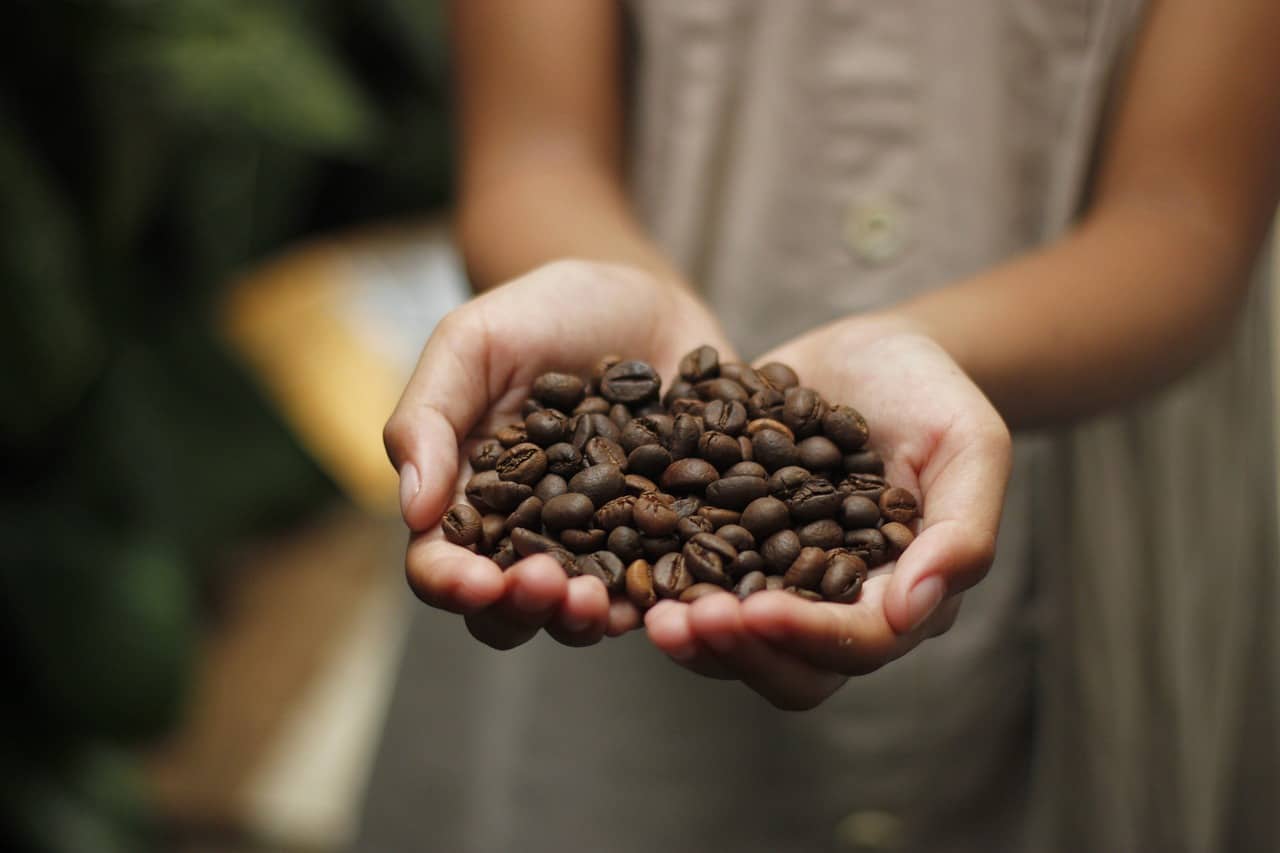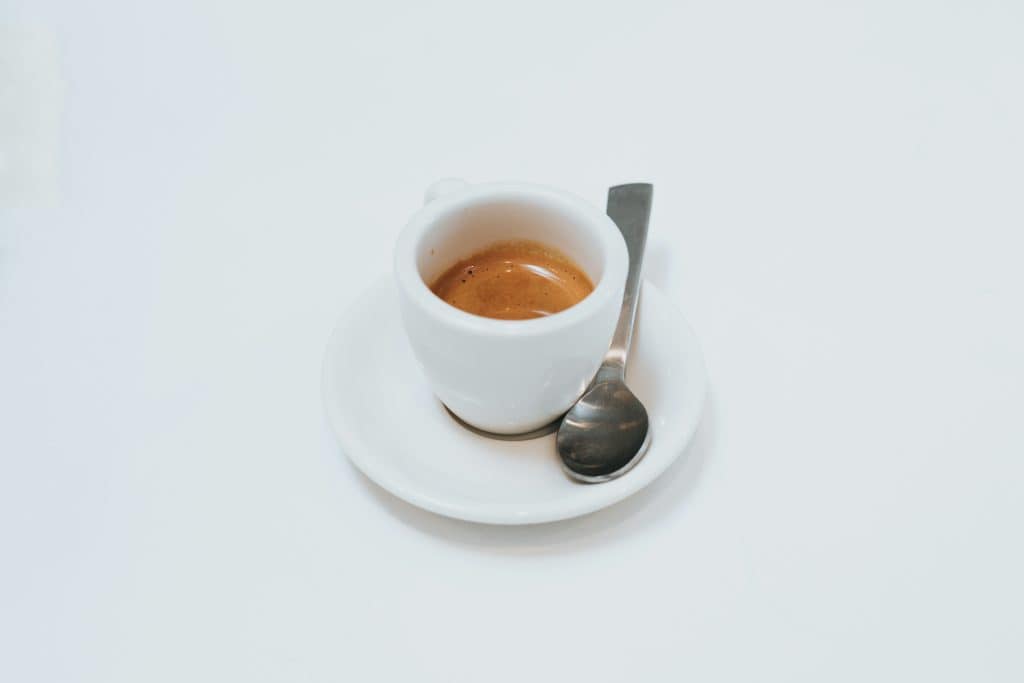How Is Espresso Different From Coffee?

Do you ever wonder what sets espresso apart from your regular cup of Joe? Well, the answer lies in the brewing process. While both espresso and coffee use the same core ingredient – coffee beans – it is the way they are prepared and the resulting taste that differentiate the two. Espresso is made by forcing hot water through finely-ground coffee under high pressure, resulting in a concentrated and intense brew. On the other hand, regular coffee is brewed using a longer extraction time and a coarser grind, resulting in a milder and more diluted flavor. So, next time you’re at your local coffee shop, you’ll know the key differences between ordering a strong and rich espresso shot or a comforting cup of coffee.
What is Espresso?
Definition of espresso
Espresso is a strong and concentrated coffee beverage that is made by forcing pressurized hot water through finely ground coffee beans. It is characterized by its bold flavor and velvety texture, making it a popular choice among coffee enthusiasts.
Origin of espresso
The origins of espresso can be traced back to Italy in the late 19th century. The term “espresso” itself derives from the Italian word meaning “express” or “quick,” highlighting the fast brewing process that distinguishes it from other methods of coffee preparation. Over the years, espresso has become synonymous with Italian coffee culture and has gained immense popularity worldwide.
Preparation Method
Water quantity and pressure
One of the key factors in making a perfect espresso is the precise amount of water used and the pressure at which it is forced through the coffee grounds. Typically, a standard espresso shot requires about 1 ounce of water, which is equivalent to approximately 30 milliliters. The water is heated to a temperature between 195 to 205 degrees Fahrenheit (90 to 96 degrees Celsius).
In terms of pressure, espresso machines are designed to generate nine bars of pressure, which is the optimal level for extracting the rich flavors from the coffee grounds. This high-pressure extraction process ensures that the water passes through the compacted coffee grounds quickly and effectively, resulting in a small, intense, and flavorful shot of espresso.
Grind size
The grind size of the coffee beans used for making espresso is crucial for achieving the desired extraction. Unlike other brewing methods, espresso requires a fine grind to maximize the surface area in contact with the water. A fine grind ensures that the water can pass through the coffee grounds evenly and extract the oils and flavors more efficiently. Too coarse of a grind will result in under-extraction, producing a weak and watery shot, while too fine of a grind can lead to over-extraction, resulting in a bitter and unpleasant taste.
Brewing time
One of the distinctive characteristics of espresso is its relatively short brewing time. Unlike regular brewed coffee, which can take several minutes to extract the flavors, espresso is typically brewed within 25 to 30 seconds. The short brewing time is made possible by the high-pressure extraction method and the fine grind size, ensuring that the water quickly passes through the coffee grounds and extracts the rich flavors and aromas.
Coffee Beans Used

Types of coffee beans for espresso
The choice of coffee beans used for making espresso plays a significant role in determining the flavor profile of the final brew. While various types of coffee beans can be used, the most popular are Arabica and Robusta.
Arabica beans are known for their delicate and nuanced flavors, with notes of fruitiness and sweetness. They tend to have a lower caffeine content and a smoother, more refined taste. Robusta beans, on the other hand, have a stronger and more bitter flavor profile, with higher caffeine content. They are often used in espresso blends to add body and intensity.
Roast level for espresso
The roast level of the coffee beans also greatly influences the flavor of the espresso. Espresso beans are typically roasted to a medium to dark level to enhance the intensity and richness of the brew. A darker roast brings out more caramel and chocolate notes, while a medium roast offers a balance between acidity and sweetness. The specific roast level can vary depending on personal preference and the desired flavor profile.
Flavor Profile
Intensity
One of the defining characteristics of espresso is its intense flavor. Due to the high-pressure extraction method and the concentrated nature of the brew, espresso is packed with bold and robust flavors. The intense flavor profile often includes notes of chocolate, caramel, and roasted nuts, with a hint of bitterness.
Acidity
Espresso generally has a lower acidity compared to regular brewed coffee. The intense extraction process and the shorter brew time result in a smoother and less acidic flavor profile. However, the level of acidity can vary depending on the type of coffee beans used and the roast level chosen. Arabica beans tend to have a higher acidity, while Robusta beans contribute to a more bitter taste.
Bitterness
Bitterness is another characteristic of espresso, albeit in a balanced and desirable way. The natural bitterness of coffee is heightened in espresso due to the concentrated nature of the brew. However, a well-made espresso should not be overly bitter or unpleasant. The bitterness should be counterbalanced by the rich flavors and smooth texture, creating a harmonious and enjoyable tasting experience.
Caffeine Content
Espresso vs Coffee
When it comes to caffeine content, espresso and regular brewed coffee have some differences. Contrary to popular belief, a typical shot of espresso contains less caffeine than a cup of regular brewed coffee. This is primarily because espresso shots are smaller in volume, typically ranging from 1 to 2 ounces, while a cup of brewed coffee usually contains around 8 ounces or more. However, due to the concentrated nature of espresso, the caffeine hit is more immediate and potent.
The exact caffeine content can vary depending on factors such as the type of coffee beans used and the brewing method employed. On average, an espresso shot may contain about 63 milligrams of caffeine, whereas a cup of brewed coffee can range from 95 to 165 milligrams, or even higher for certain specialty brews.
Serving Size
Espresso shot size
The standard serving size for a single shot of espresso is about 1 ounce, although some variations can range up to 2 ounces. This small serving size is designed to deliver a concentrated burst of flavors in a short amount of time. Multiple shots of espresso can be combined to create larger serving sizes, such as a double shot or a triple shot, depending on personal preference and the strength desired.
Coffee cup size
In contrast to the small serving size of espresso shots, brewed coffee is typically served in larger cup sizes. A standard coffee cup can hold around 8 to 12 ounces of liquid, although larger sizes are also commonly available. The larger serving size of brewed coffee allows for a more prolonged drinking experience, as the flavors are spread out and the caffeine hit is less intense compared to espresso.
Common Uses
Espresso-based drinks
Espresso serves as the foundation for various popular coffee beverages. One of the most well-known is the espresso macchiato, which combines a shot of espresso with a small amount of foamed milk on top. Other espresso-based drinks include the cappuccino, a mixture of espresso, steamed milk, and foam in equal parts, and the latte, which consists of espresso and steamed milk with a thin layer of foam on top. These drinks allow for customization and can be further enhanced with flavored syrups or toppings.
Brewed coffee
Although espresso is often enjoyed on its own or as the base for specialty drinks, it can also be diluted with hot water to create a beverage similar to brewed coffee. This method, known as an Americano, combines a shot or two of espresso with hot water, resulting in a milder-flavored and larger serving size comparable to regular coffee.
Equipment Used
Espresso machine
To make espresso, a specialized espresso machine is typically used. These machines are designed to maintain the optimal temperature and pressure required for the extraction process. They often feature built-in grinders, steam wands for frothing milk, and various controls to adjust factors such as water temperature, grind size, and extraction time. Espresso machines can range from simple manual models to advanced automatic or semi-automatic options, catering to different levels of expertise and preference.
Coffee maker
For brewing regular coffee, a standard coffee maker is commonly used. These machines come in different types, such as drip brewers, French presses, or pour-over devices. Unlike espresso machines, coffee makers are not specifically designed for high-pressure extraction and may not produce the same concentrated and intense flavor profile as espresso.
Price
Cost per serving
The cost of enjoying a cup of espresso can vary depending on several factors, such as the quality of the coffee beans, the brand of the machine or equipment used, and the geographical location. Generally, espresso tends to be relatively more expensive per serving compared to regular brewed coffee. The smaller serving size and the specialized equipment required contribute to the higher cost. However, many coffee shops and cafes also offer a range of affordable options to cater to different budgets.
Popular Variations
Espresso macchiato
The espresso macchiato, meaning “stained” or “spotted” in Italian, is a popular variation of espresso. It consists of a shot of espresso with a small amount of foamed milk added on top. The milk “stains” or “marks” the rich espresso, creating a contrasting layer and a subtle balance between the intense coffee flavors and the creamy milk texture. The espresso macchiato is favored by those who prefer a stronger espresso taste with a touch of milk.
Cappuccino
The cappuccino is a classic espresso-based drink that has gained widespread popularity worldwide. Made with equal parts espresso, steamed milk, and foam, the cappuccino offers a balanced and harmonious combination of flavors and textures. The layers of coffee, milk, and foam create a visually appealing drink, and the velvety texture of the steamed milk complements the concentrated espresso. Cappuccinos can be customized with a sprinkle of cocoa powder, cinnamon, or flavored syrups according to personal preference.
Latte
The latte is a versatile and customizable espresso-based drink that appeals to a wide range of coffee lovers. It consists of a shot of espresso mixed with steamed milk and a thin layer of foam on top. Lattes allow for creativity and personalization, as they can be flavored with syrups like vanilla, caramel, or hazelnut, and can be served hot or iced. The smooth and creamy texture of the steamed milk melds with the espresso, creating a milder and more indulgent flavor compared to other espresso-based drinks.
In conclusion, espresso is a unique and distinct coffee beverage that has captivated coffee enthusiasts around the world. With its strong, concentrated flavor, velvety texture, and quick brewing method, espresso offers a rich and intense experience. Whether enjoyed on its own or as the base for various espresso-based drinks, espresso continues to be a beloved choice for those seeking a bold and flavorful coffee experience.
